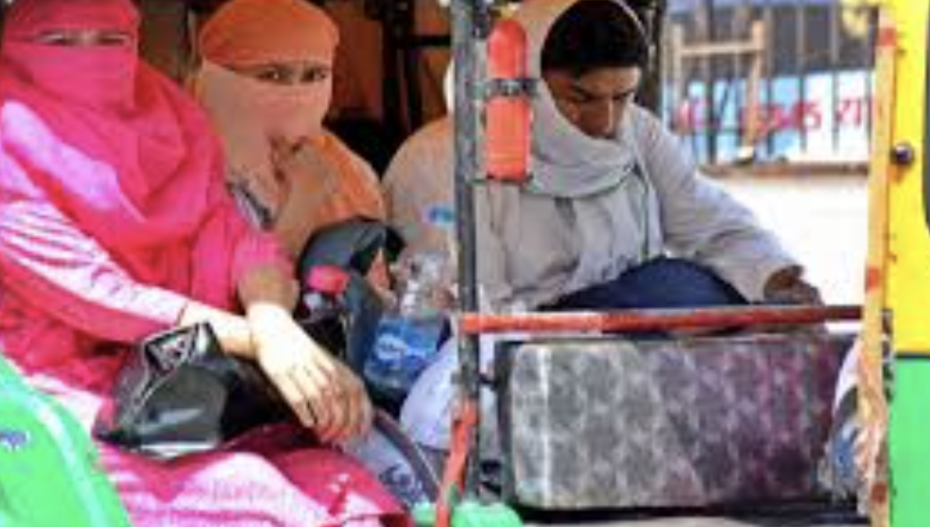The India Meteorological Department (IMD) has for the first time introduced tailored heatwave forecasts for the 18th Lok Sabha elections that got underway on April 9.
And, extending its specialised transport sector forecasts beyond airports, sea ports and highways, the IMD also recently introduced forecasts for rail travellers. Railway demand is set to increase this summer amid school and college vacations, and with election-duty security and other personnel required to take frequent long-distance trips.
On April 1, the IMD, in its April-June summer season forecast, warned of extreme heat and prolonged heatwave spells lasting 10-22 days each over most parts of the country. Accordingly, heatwaves have gripped parts of Odisha, Maharashtra, Bihar, West Bengal and Rajasthan during the past three weeks. Over many parts of the country, temperatures peak in mid-May.
The Met department’s move comes after an April 11 meeting called by Prime Minister Narendara Modi to discuss preparedness for the heatwave. IMD and National Disaster Management Authority (NDMA) officials attended the meeting.
The IMD’s election-centric forecasts will be issued for all remaining six polling phases that start, respectively, from April 26, May 7, May 13, May 20, May 25 and June 1.
In a specially designed interactive map of India, the forecast provides information on the maximum and minimum temperatures, humidity levels, region-wise emergence of heatwave conditions and more, all with a lead time of up to five days. Based on the vulnerability index, a value calculated on the basis of the maximum temperatures over a locality during the immediate past days, users can stay updated and take preventive measures in order to stay protected ahead of a heatwave spell and their respective polling day, the IMD said. The Met office is also providing details like warm night conditions, wind speed and heat stress, one of the key factors linked to human health.
Heat is expected to peak during the second and the third week of May coinciding with the phases 4 and 5 of polling, particularly over Odisha, Andhra Pradesh, Telangana which fall under the heatwave vulnerable zones.
The IMD declares a heatwave when the maximum temperature rises more than 4.5 degrees Celsius above normal or crosses 45 degrees Celsius (in the plains) and 37 degrees Celsius (along the coast). Normally, heatwaves last between 2 to 7 days but 2024 being an anomalous year, extended days of heatwaves are in store during the remaining season.
“The year 2024 is an anomalous one, wherein the transition between El Nino and La Nina is likely to take place. There continues to remain a strong influence of El Nino. More than the heat wave, it is the heat stress that is more this time and which is affecting people’s health and well-being,” said a senior IMD official.
Since June last year, El Nino conditions — the warmer-than-normal sea surface temperatures recorded along the equatorial Pacific Ocean — have been prevailing. Though El Nino conditions are waning, it will not be before June that neutral El Nino Southern Oscillation (ENSO) conditions will emerge, according to the IMD’s forecast earlier this month. As such, the temperature recorded during the summer season over India will remain linked to El Nino.
This season, southern India, the official said, was experiencing an unprecedented heat since the start of the season. The nights are warmer and the day temperatures are near record-breaking, even though heatwaves were not declared. Large areas of north and interior Karnataka, northern Tamil Nadu, Telangana and Kerala have, so far, reported higher day and night temperatures.
Also Read: SC To Give Verdict On VVPAT Issue Today, Poses Queries Before ECI













